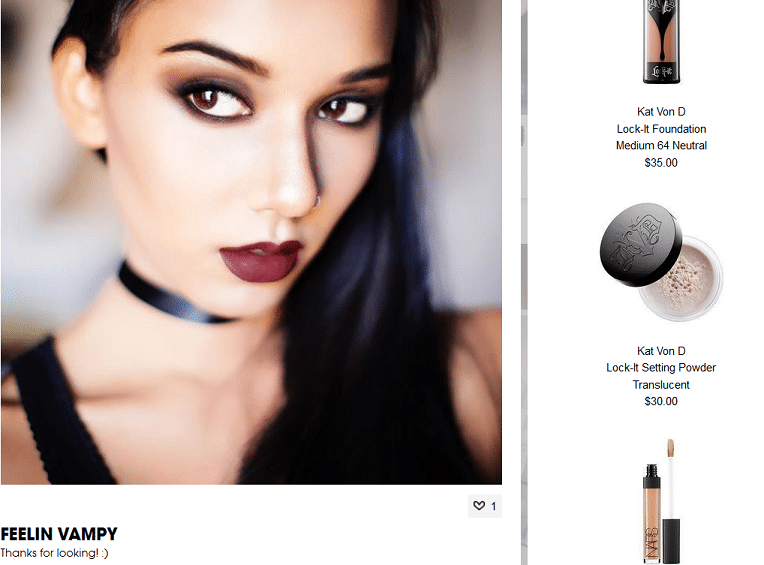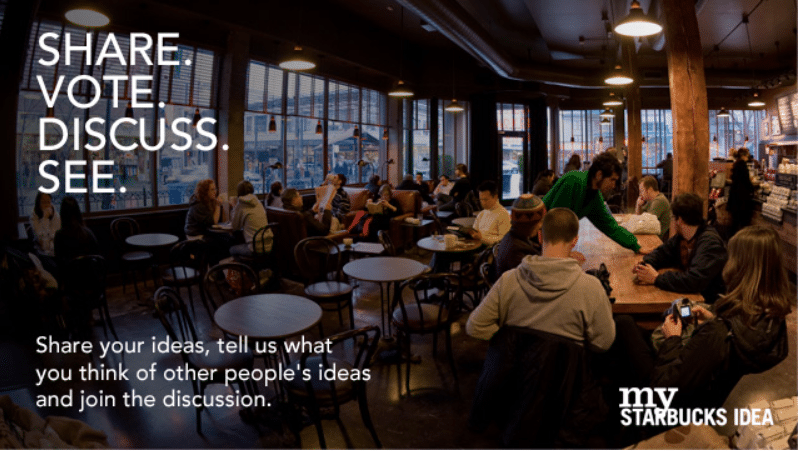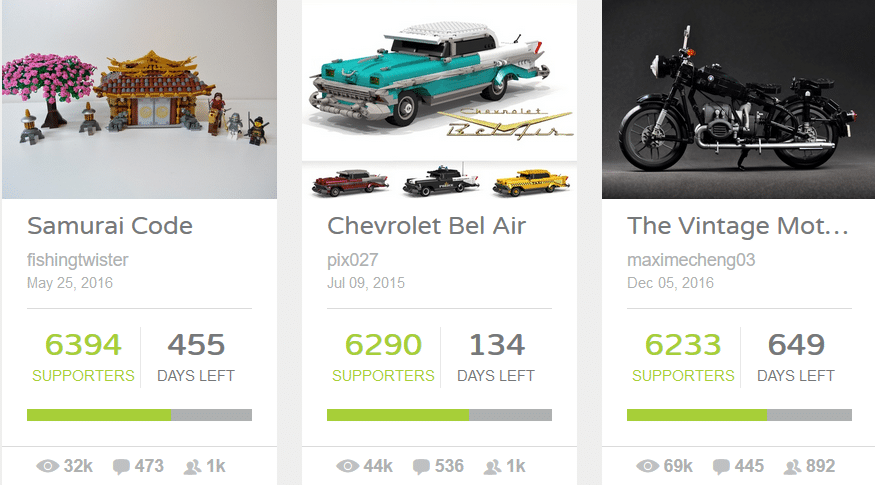
5 Examples of Brilliant Online Brand Communities
The genius of branded communities – when done well – is that they create a participatory experience for the customer. Instead of projecting need for your product/service and value-driven content onto the customer and perpetuating the ‘us-them’ relationship, you’re dissolving boundaries and forming a ‘we’ experience – a community. You’re opening the door, welcoming them in for coffee, inviting feedback and providing a space for interacting with like-minded individuals.
With unfiltered customer insight for your market research purposes and iron-clad customer loyalty, online branded communities have a lot of potential benefits:
- Reduced customer support costs – 49% of businesses with online communities report cost savings of 10% to 25% annually.
- Boosted brand exposure and credibility, making it easier to sell without selling.
- 67% of businesses use their communities for insights on new products or services and features.
- Heightened engagement and better customer retention.
- A channel through which to present products and services before the official launch.
With interactive communities, brands have the opportunity to truly listen to the customer. They can use what they learn to help develop the next focused marketing strategy, or even the next product. In an age where marketing is becoming increasingly customer-centric, online communities are merely the evolution of the standard online business website, with blog content, landing pages, and ecommerce.
Here are inspiring examples of online brand communities that have become thriving interactive environments in the digital world.
Sephora Beauty Talk and Beauty Board
Sephora does an amazing job of helping customers feel connected with their online community, Beauty Talk – a massive, well-organized forum where users can ask questions, share ideas, and have their beauty quagmires solved by other enthusiasts. Their Beauty Board offers another way to engage with the products and the community. Users upload pictures of themselves wearing Sephora products. The photos then link to the product page of all the items used.

Talk about selling without selling! The customers become instant brand ambassadors, inspiring others to use the products. Meanwhile, Sephora never had to lift a finger, all they did was create the platform for customers to share. And, the brand’s marketing team can use the forum to find out which products customers are interested in and what their pain points are. They also can respond to customer service issues, putting a lot of their customer relations work into one channel.
Lego Ideas
What could be more enticing to a Lego enthusiast than having their design idea on the shelves – and being awarded a percentage of the product sales? With Lego Ideas, anyone who loves Lego, from age 5 to 95, can check out proposals, vote on their favorites, leave feedback, and submit their own ideas. The most popular ones go to market.

This online community doesn’t just offer up fantastic market data for the brand, it also helps to keep people interested with ongoing contests.
Traditional Medicinals
This herbal tea brand offers wellness enthusiasts an online space for everything tea with their Plant Power Journal. Users can browse DIY ideas, recipes, herbal lore, and learn about the communities where the herbs for the brand’s teas are grown. While there’s no online forum, the site is designed to feature the tea reviews and encourages online feedback, which everyone can see. This makes it easy for customers to see what other people think about their products, creating that all-important social proof.


My Starbucks Idea
Starbucks provides a forum for coffee enthusiasts to share and discuss their ideas through My Starbucks Idea. As with Lego Ideas, the appeal here is that you can look through other people’s ideas, add your own two cents through a vote, and share your feedback. This type of environment makes the customer feel valued – because they are. The brand does a good job of cultivating this feeling by making sure to highlight which customer ideas are being put into action.


Starbucks can then use this online forum to learn what customers want, how their preferences change, and what motivates them the most. This insight has helped this hot beverage company to stay relevant for so long.
Xbox Ambassadors
This is an example of an advanced brand community. It works for Xbox because this is a brand (and an industry) that tends to have customers that are much more than your average enthusiast. Who, the brand of course has a forum for already.


These people are devotees. Not just anyone can be an Xbox Ambassador. These individuals have to have a minimum Gamescore and an active Xbox Live Gold Membership. Ambassadors provide a huge support network for both gamers and the brand – offering support on the Official Xbox Forums, hosting Twitch shows, creating YouTube videos, and providing product feedback. In return, Ambassadors are rewarded with games, branded merchandise, and other perks that specifically appeal to hardcore gamers.
Community Building Online
Online brand communities drive sales and engagement, period. A healthy majority – 80% of consumers – say that it is authenticity that motivates them to follow a brand, according to Potion. While building an interactive community takes a lot of upfront effort, once it is in place, as you can see from these examples, it offers a gold mine of opportunities for marketing teams.
The trick is, as with all online marketing strategies, there’s no one-size-fits all approach. Some industries are ideal for forums, while for others, companies are forced to find different creative ways to inspire consumer involvement.
As more brands master online communities and enjoy the benefits of customer insights and loyalty, the virtual world is sure to see many more online communities develop. Sure, today your website may serve as your brand’s storefront – but it could be more like a bustling city, with ideas, advice, and support being passed around amongst everyone. A place where new prospects can be taken by the hand and walked down the sales funnel by enthusiasts and where customer representatives interact with buyers, all through one channel. Maybe it’s time to start thinking bigger.
Are you interested in building your own community and activating the thought leaders inside your business today?
I use a combination of personal branding, consistent social audience building, content marketing, and authentic and ongoing thought leadership content. I’ve done it for myself. I’ve done it for the companies I’ve worked for. I’ve helped activate hundreds, even thousands of thought leaders. I’ve done it for numerous clients. And I can do it for you.







